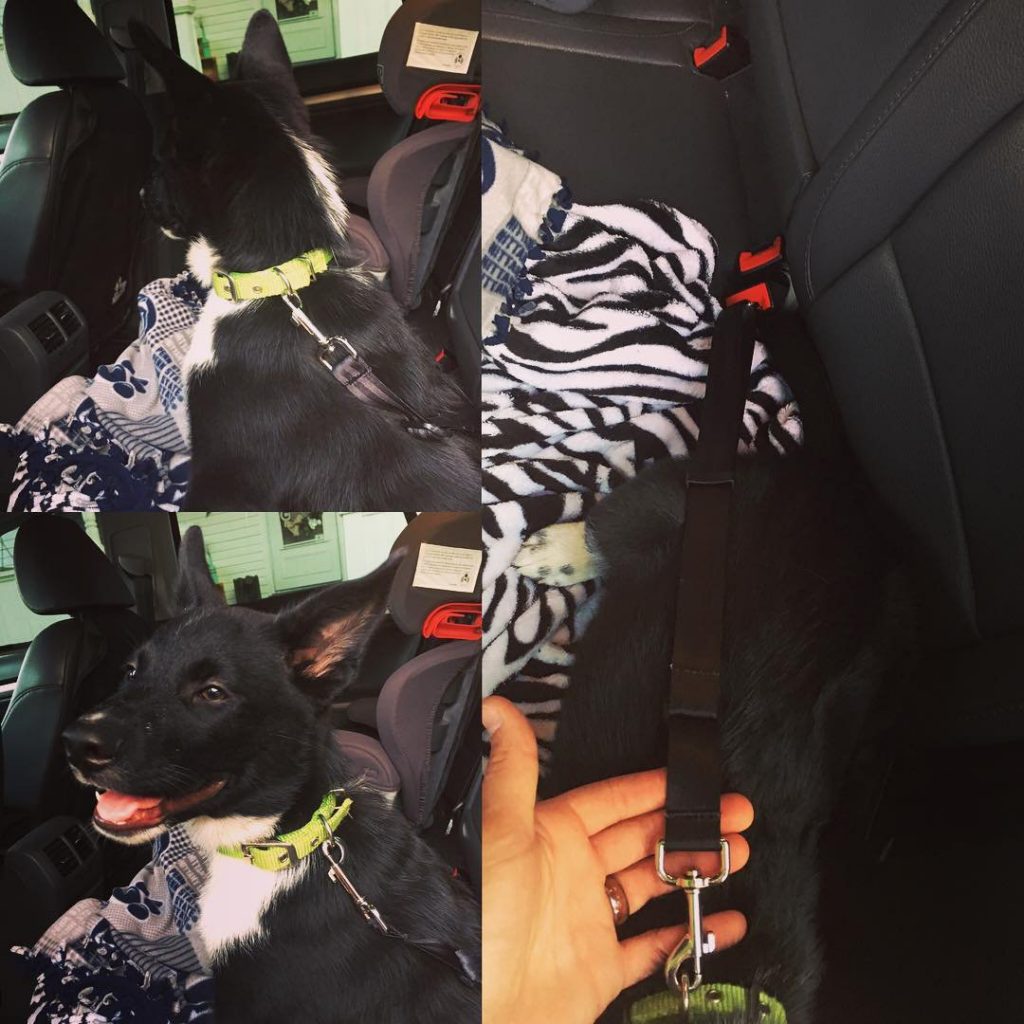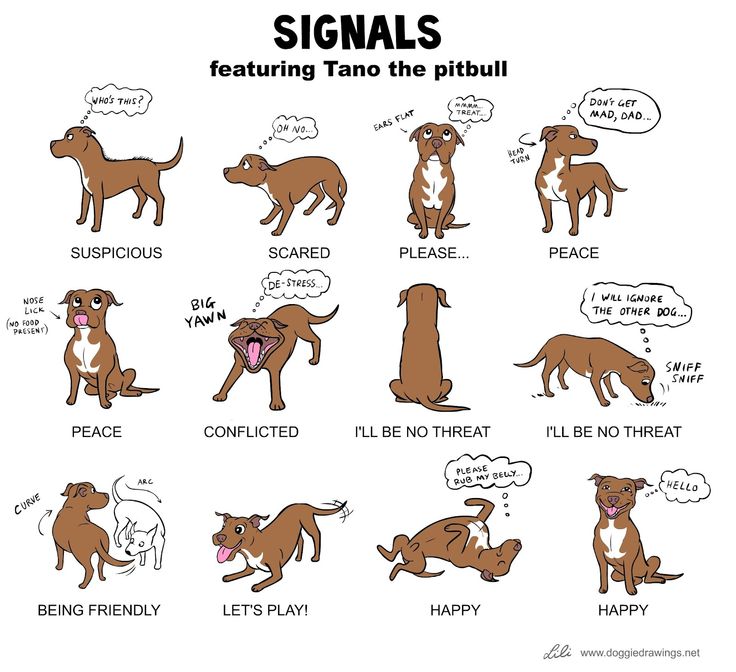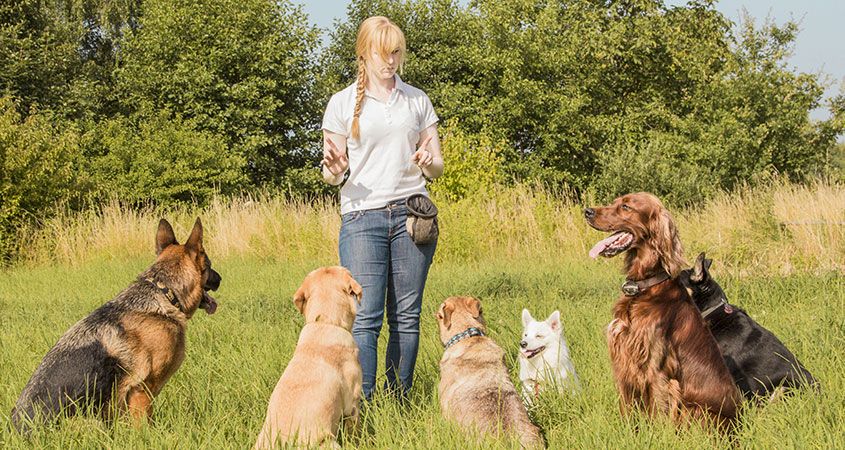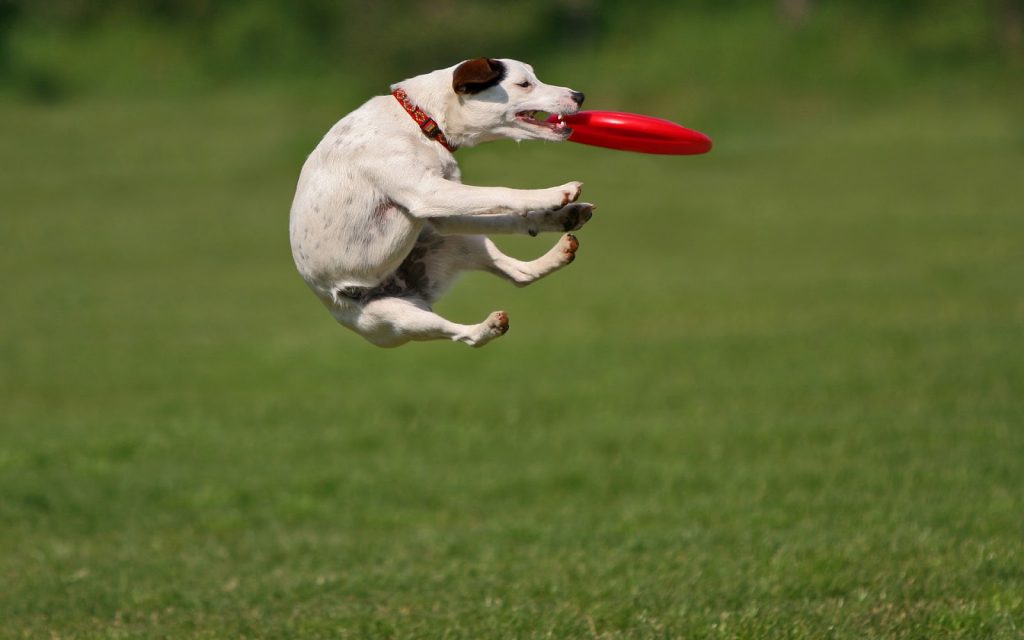
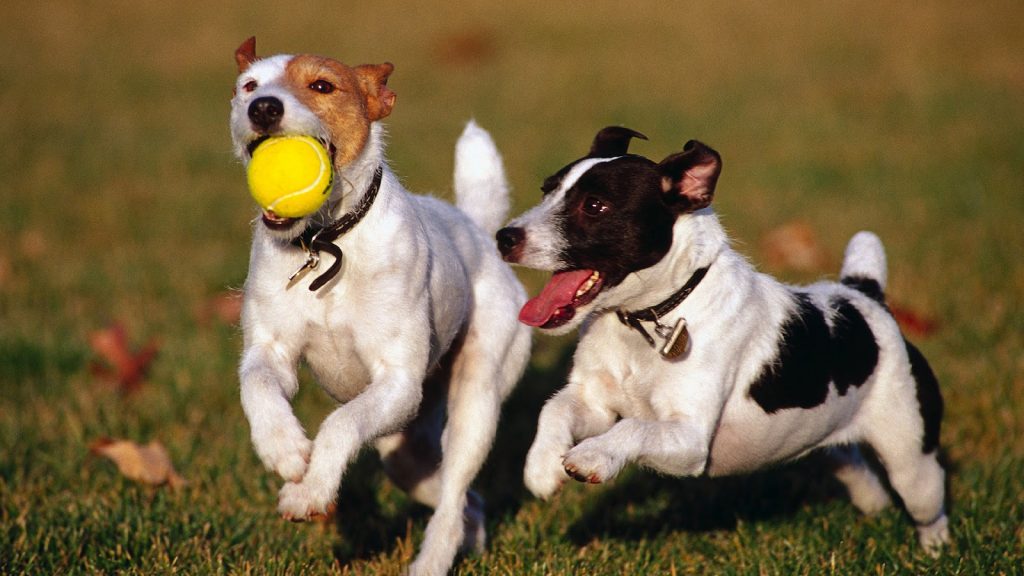
Teaching your dog how to fetch seems like it should be one of those things that’s so simple it requires no real thought or effort. After all, dogs love both playing and pleasing their humans, and fetch involves both of these things — you should just be able to do it, right?
Short answer: nope.
While there are some dogs that just seem to intrinsically understand the game and will automatically chase and retrieve whatever object you use the first time you try, most do not. Either they sit and stare at you, wondering why you would choose to throw away a perfectly good toy, or they chase after the object but don’t “catch” it, or bring it back.
So what can you do to help your pup learn the game like a pro? Here are six tried and true tips.
- Start with chasing
If your dog is of the “sit and stare” variety, your first goal is to teach him to chase after the object you want him to fetch. Generally speaking, there are three ways to do this, depending upon what motivates your pup: you can offer him affection, treats, or play for retrieving the chosen object.Whichever motivator you use, the process is basically the same. Encourage your dog to go after the item you want him to fetch. When he grabs it, reward him with his motivator of choice, then take the object away. Repeat this a few times, then toss the object a short distance. When he goes for it, immediately reward him again. Repeat the process until you can reliably toss the object and get him to chase it.
- Add extra motivation
Want to encourage her to give chase even more? Try holding her back after throwing the toy. She’ll naturally tug against you, especially if you offer verbal encouragement while still holding her back. Once you finally let go, she’ll be after the object like a rocket.
- Retrieving
After your dog chases the object, the next step is getting him to actually bring it back to you. There are a number of different things you can do depending on your dog’s behavior. If he won’t bring the object back at all, it can help to use a second toy. Once he’s “caught” the first one, show him the second and throw it in the opposite direction. He probably won’t carry the first toy with him, but it will at least get him accustomed to the idea of running back to you after he’s caught the object.After he masters this, try calling him to come back to you while he’s holding the object and asking him to drop it. If you show the second object, he’ll likely drop the first one to chase after it. Eventually, he’ll learn that if he comes back to you and drops the object, you’ll throw it again.
- Avoiding “keep away.”
For dogs that like to catch the object and run off with it, a rope can help. Once she catches the object, wriggle the line and pull it towards you or run away from your dog with it. This should encourage her to follow you. Even if she doesn’t, reel the rope in and praise her when she gets close, then toss the object again and repeat. Do this for a few weeks and your pup should come to you naturally.
- Getting the object back
If your dog stops and drops the object before reaching you, back away while saying “All the way,” or “Bring it.” Once he reaches the spot where you were originally located, go to him and offer praise, then toss the object again. If the issue is that he won’t let go, tell him to drop it and put a treat by his nose. Most dogs will drop the object to go for the treat.
- Pick something your dog likes
Perhaps the most important rule of all — your dog isn’t going to chase after something unless she actually wants it, so feel free to experiment with different objects (balls, Frisbees, sticks) until you find one that she’s interested in.
